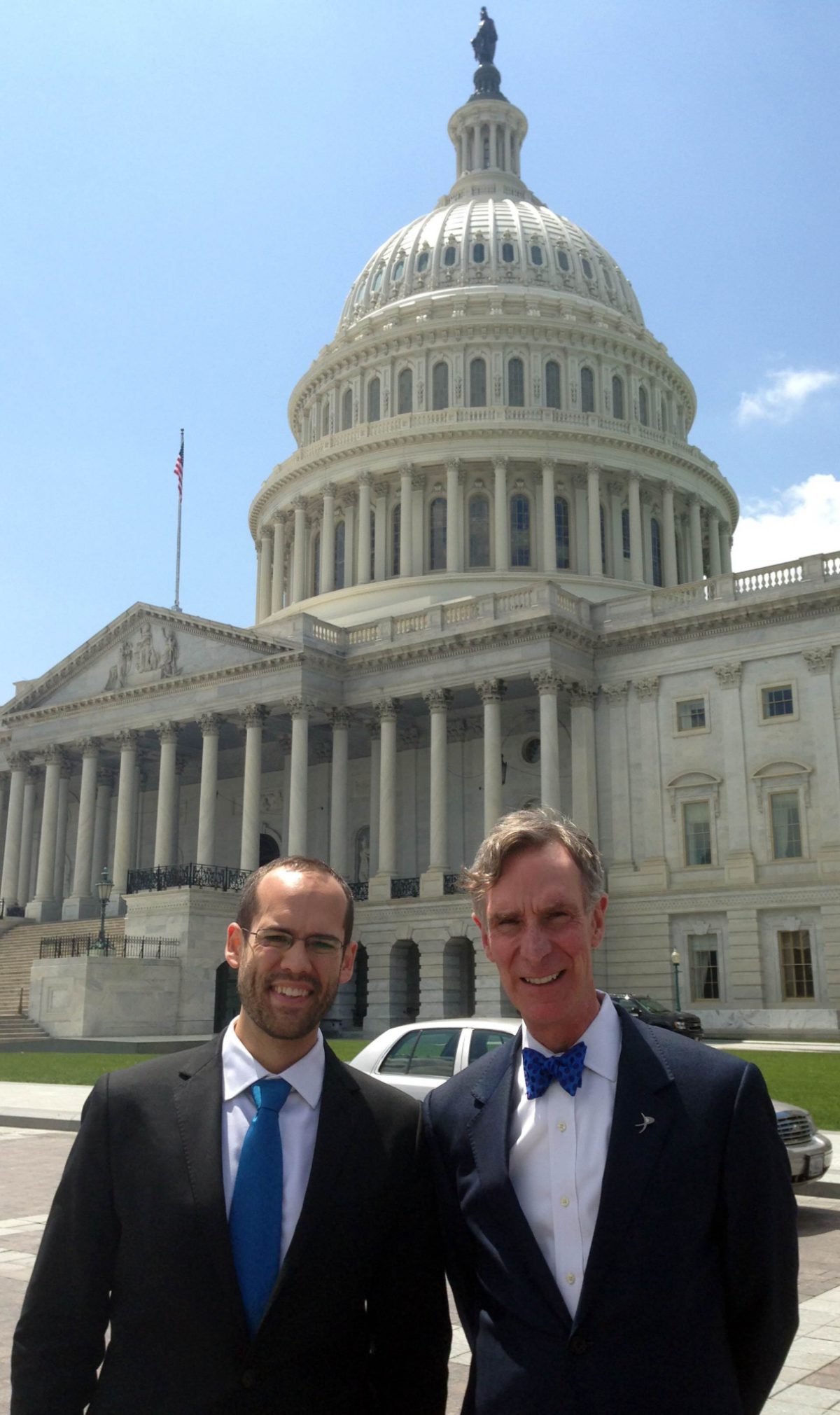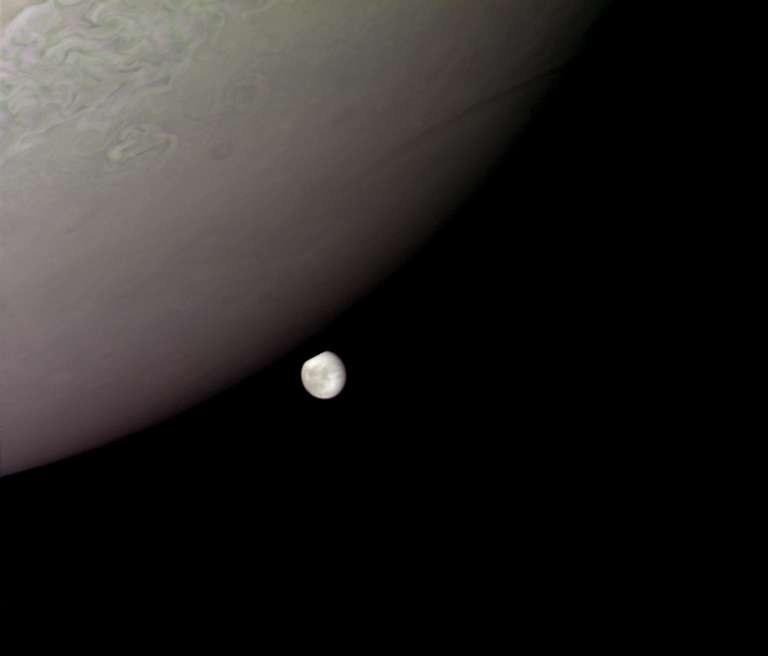Bill Nye • Jun 04, 2014
Making the Rounds on Capitol Hill
There is an old saying about Washington, D.C.: it’s a small town, based on relationships. We are establishing very good relationships with members of the U.S. Congress and the Administration. (As I often remark, even if you don’t live in the U.S., what goes on at NASA affects you, because it remains largest of the world’s space agencies.)

Three of us made the rounds recently, going from one Congressional Member’s office to another. Our team included Casey Dreier, our Director of Advocacy; Bill Adkins, our lobbyist in Washington; and me. It was, I believe, a very successful trip. People know who we are now, in a way that they didn’t before. More importantly, they know our message and why we deliver it. We want NASA and lawmakers to support and follow the National Research Council’s Decadal Survey for planetary exploration. We also want at least $1.5 billion for planetary science (the historical average for planetary science). This is an accounting line item within the NASA budget. It’s a line item within the larger line item, if you will. And, we very much want to mount a mission to Europa, the moon of Jupiter that, last year, was found might be spewing seawater into space.
Geysers on Europa like the ones on Enceladus would be, first of all, amazing. Second of all, if they're there, they present us with an extraordinary opportunity to sample an ocean on another world without the enormous expense of designing a lander and propelling it out there. We can design a far less expensive mission that would (or will) fly through the spray of extraterrestrial ocean droplets and examine them remotely. These geysers were discovered just last year, so mission planners contributing to the Decadal Survey had no notion that such a mission was even possible.
As I so often point out, if we were to discover evidence of life on another world, it would utterly change this one. The ocean under the ice on Europa was discovered with magnetometers aboard the Galileo spacecraft and the diligent work of Margaret Kivelson. Just imagine, my friends, how we would all view space exploration; just imagine how we would all view the Earth and what it means to be a living thing here in our Solar System, if we were to find a chemical structure out there that was or is making copies of itself, akin to our deoxyribonucleic acid (DNA). Each time we visited a Member of Congress’ or Administration official office, I felt strongly motivated to make the pitch, to point out the remarkable opportunity at hand. We are the first generation of humans that can send instruments out to these other worlds, to Mars, to Mercury, to Venus, to Pluto, and I hope soon to Europa to look for signs of something that replicates itself— to look for signs of water and life. Just think what it would mean to humankind.

Of course, my enthusiasm would be tamped down at once by these people, whose job it is to figure out just how much money really is available and how to allocate to the extremely large number of worthy programs that any government, the U.S. government especially, has to deal with. However, these days Casey, Bill A., and I are able to cite specifically the Decadal Survey, and propose the specific amount of $1.5 billion for planetary exploration. It changes everything for the congressional staffers and the members of Congress themselves. By all accounts, many other organizations come into a Congressman’s office with a general request for more support for one or more bills. Our position is positive and specific. It helps staffers make our case to their bosses (members of Congress).
On our most recent trip, we met with Senator Feinstein of California, home of many fine aerospace institutions. We met with Lamar Smith and John Culberson of Texas. These leaders and I would probably disagree about a great many things outside of space exploration, but when it comes to planetary science, we all agree. Congressman Culberson especially is an enthusiast when it comes to Europa. He wants to sponsor a mission there right away, a big mission, a flagship mission. We, of course, are very supportive of that idea, but in the shorter term we hope to get the proposed Europa Clipper mission funded and underway. Flying through the spray of geysers in deep space to look for signs of life: what could be more exciting or more worthy of our intellect and treasure?
On this same recent trip, Casey, Bill A., and I met with NASA Administrator Bolden, the man himself, along with his Chief Scientist Ellen Stofan. We talked plainly about our desire to rebalance the NASA budget to accommodate a little more for planetary science. We reminded Bolden of what a good value it is and how it might change the world. He’s got a lot on his plate, and a great many people to appease. But our case is pretty compelling. I have a very good feeling about this mission to Europa.
To help ensure a mission to Europa and better funding for NASA, write to Congress right now >>>
Let’s Go Beyond The Horizon
Every success in space exploration is the result of the community of space enthusiasts, like you, who believe it is important. You can help usher in the next great era of space exploration with your gift today.
Donate Today

 Explore Worlds
Explore Worlds Find Life
Find Life Defend Earth
Defend Earth

